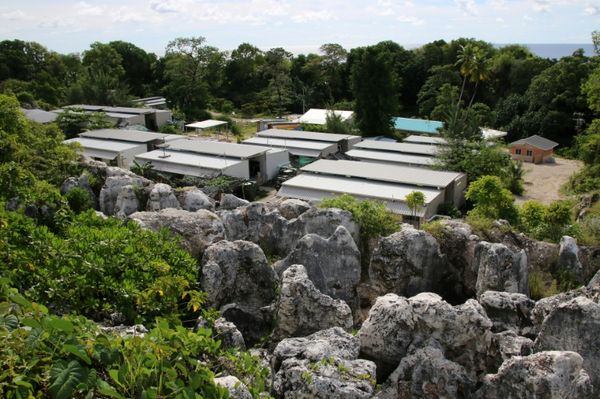
What Are Barrels Per Day?
Barrels per day are units of measurement used in tracking the production, storage, delivery, and usage of crude oil. Its abbreviations include bpd, bbl/d, and b/d.
A standard U.S. barrel of crude oil has a volume of 42 gallons, which is equivalent to 159 liters.
Storing crude oil in individual barrels is impractical due to the large volume of production, but tracking the flow of crude oil via the number of barrels has been the standard in the oil industry since the mid-19th century. When companies explore for crude oil and tap the deposit, the flow of oil that is extracted is measured in terms of barrels per day. Production of natural gas in liquid form is also measured in barrels per day.
What Is the Origin of Using Barrels?
When oil was discovered in Titusville, Pa, in 1859, it was loaded into the only large containers available—whiskey barrels. Over the years the industry standard came to be the 42-gallon barrel, which is still the standard paper measurement for pricing and pumping purposes, although oil rarely sees the inside of a barrel anymore. But in an odd forecasting of today's equipment shortage, the first shortage in Titusville's 1859 oil boom was barrels in which to store oil.
Nowadays, crude oil can be stored in a steel barrel but in very limited and small quantities.
A barrel can be referred to as a drum; a drum’s capacity is typically 55 gallons.
What Is a Barrel of Oil Equivalent (BOE)?
Barrel of oil equivalent (BOE) is used in measuring an energy source that would have the equivalent amount of energy as crude oil contained in a barrel. The energy content of a barrel of crude oil produced in the U.S. is 5.691 million British thermal units (Btu). For natural gas, 1 cubic foot of energy equals 1,039 Btu, so its barrel of oil equivalent is 5,477 cubic feet.
Barrel of oil equivalent is typically used for natural gas, but it can also be used for other energy sources such as coal, and even uranium.
How Many Barrels Per Day Are Produced in the U.S?
According to the Energy Information Administration, total petroleum production in the U.S. was estimated to have averaged about 16.582 million barrels per day—with crude oil at 11.185 million bpd, and natural gas liquids at 5.397 million bpd.
How Many Barrels Per Day Are Consumed in the U.S?
In 2021, the U.S. was estimated to have consumed an average of about 19.78 million barrels of petroleum per day, according to EIA. That suggests the U.S. would have needed to import its crude oil and natural gas from other countries.







